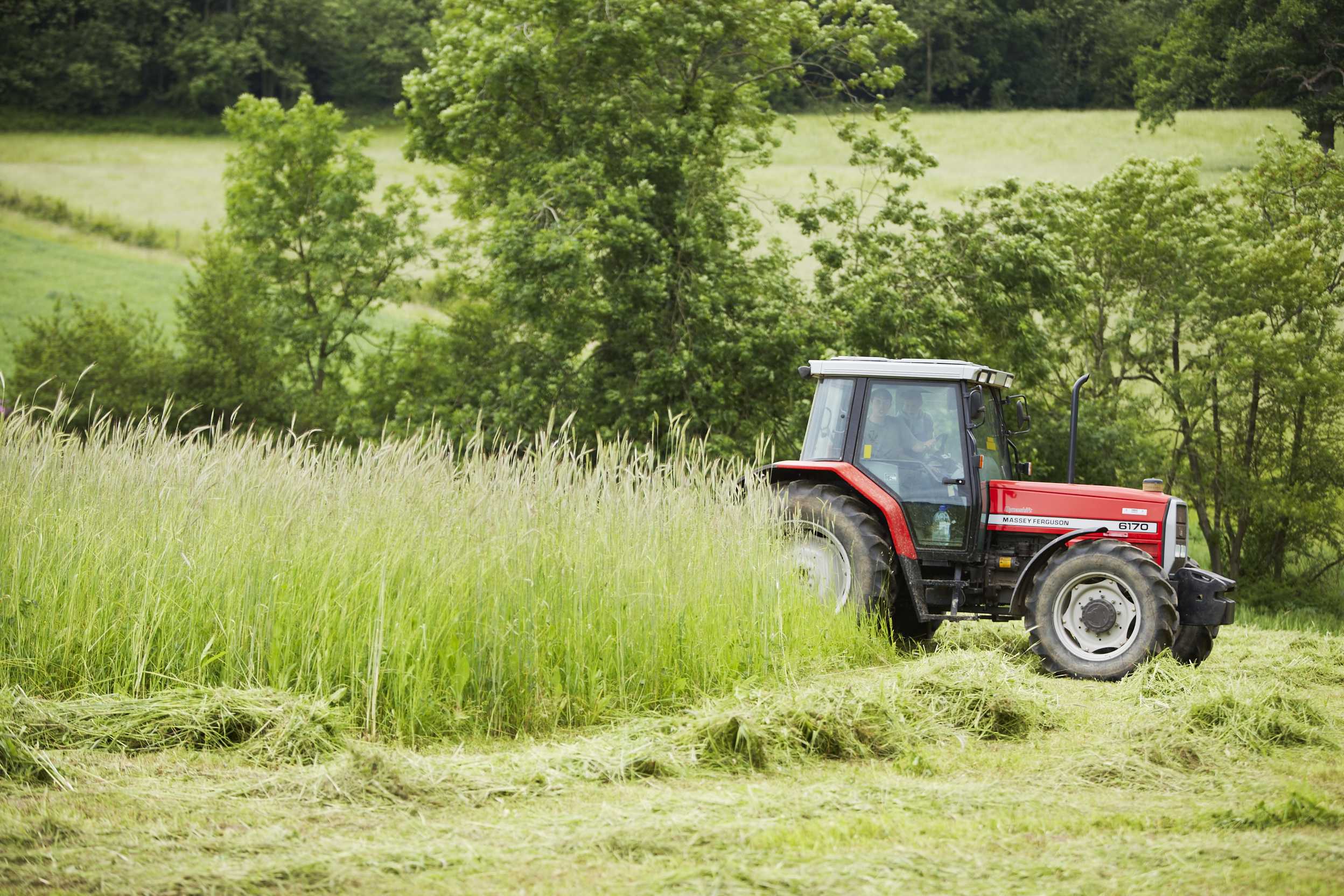
How we began
St Anthony’s Trust was created by the late Christopher Mann in August 1972 in order to provide for the retirement of teachers at Michael Hall Steiner Waldorf School in Forest Row. This project did not, in the end, come to fruition but the Trust then decided to widen its remit and from 1975 it also took on the aim to support the training of biodynamic farmers. Christopher Mann’s continued interest was instrumental to the work of the Trust in many ways, particularly in financial terms, he was able to secure the future of our two local biodynamic farms – Plaw Hatch and Tablehurst Farm.
In 2025, St Anthony’s Trust was incorporated as a Charitable Trust Company Limited by Guarantee (CLG), adding new legal protections for the lands farmed by Tablehurst and Plaw Hatch Farms. This has been important for the Trustees as they have been able to organise our land holding in such a way that it is now protected in perpetuity and its use is restricted to that of advancing education in Biodynamic agriculture and horticulture (based on the writings and lectures of Rudolf Steiner), along with activities supporting biodynamic farming.
The restrictions mean that, regardless of who future trustees might be, our land holding cannot be disposed of without the consent of an external body (the Biodynamic Association) in addition to the Charity Commission.
In addition to this major protective step for our landholding, CLG status confers a number of additional benefits for the Trust and the community, principally in providing safeguards for the trustees and facilitating more efficient and effective fundraising and transparency for legacies and donors.
Plaw Hatch
In 1979 St Anthony’s Trust launched a public appeal for funds to buy Plaw Hatch Farm. This appeal was successful, and Plaw Hatch became an embryonic biodynamic agricultural community farm with 93 local community members. Informed by the teachings of Dr Manfred Klett, then the director of the Department of Agriculture at the Goetheanum in Switzerland and formerly one of the farmers at Dottenfelderhof in Germany, the new farmer, Andrew Carnegie, set about developing the ‘agricultural community’ around the farm. He envisaged this community as a support group with the task of addressing three main areas:
- The whole farm organism, he wanted to create a biodynamic farm that could function as a strong, self-sustaining and vibrant single organism.
- The economic realm, including determining the prices to be charged for the farm’s produce.
- The farm’s infrastructure (the buildings, public spaces and other physical aspects of the farm).
Although it was never formalised, Carnegie did create such a community, comprising farm staff and community members, which supported him until he left the farm to concentrate on advising other farmers. The farm was, however, under-capitalised and despite the subsequent creation of the farm shop, which would become so important in the future, by 2000 the farm was in financial difficulties. A very generous private donation was secured, which stopped the farm from going into liquidation. The business then came into community management and was transferred to the Tablehurst and Plaw Hatch Co-op in 2001.

Tablehurst Farm
In 1994, Emerson College, which owned Tablehurst Farm, could no longer support the farm and was considering selling it. A group of local people formed a community group around farmers Peter and Brigitte Brown and, following a major community fundraising drive, managed to buy the farm assets and acquire a tenancy of the land. Later in 2005, and following prolonged negotiations, the trustees of Emerson College donated a significant part of the Tablehurst Estate to St Anthony’s Trust, so that the Trust could ensure that the land was retained for biodynamic agriculture and the training of biodynamic farmers. Since that time the Trust has funded the construction of a new barn and, with a partial Government grant, the development of an enlarged shop, abattoir and butchery facility. It has also worked with the Tablehurst farmers to fundraise for the conversion of an old vegetable store to a new farmhouse and apprentice accommodation.

John Thomson passed away in February 2025. During his life he developed a love of painting and poetry to which he could dedicate himself following his retirement from Emerson College. Following his death the family decided to support St Anthony’s Trust through the sale of paintings and prints. Funds raised will assist the apprenticeship programme at Tablehurst Farm.
If you want to know our donation acceptance policy please click here